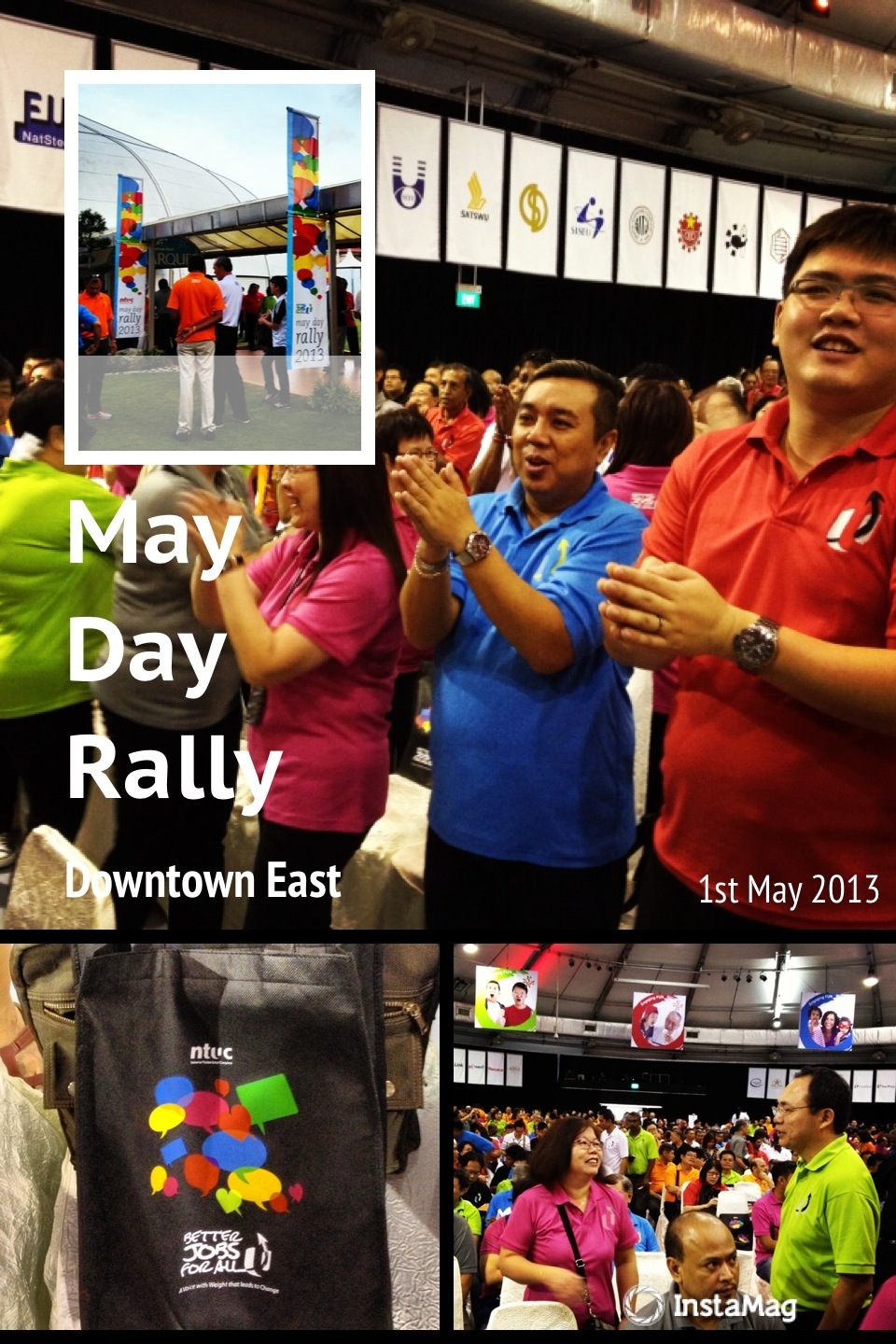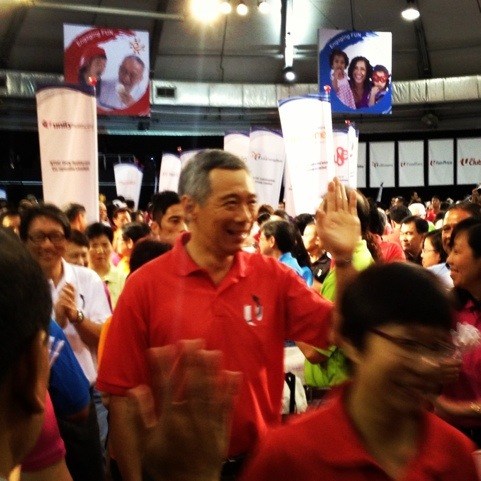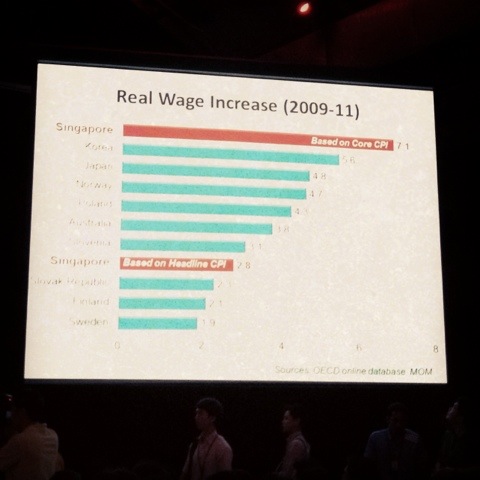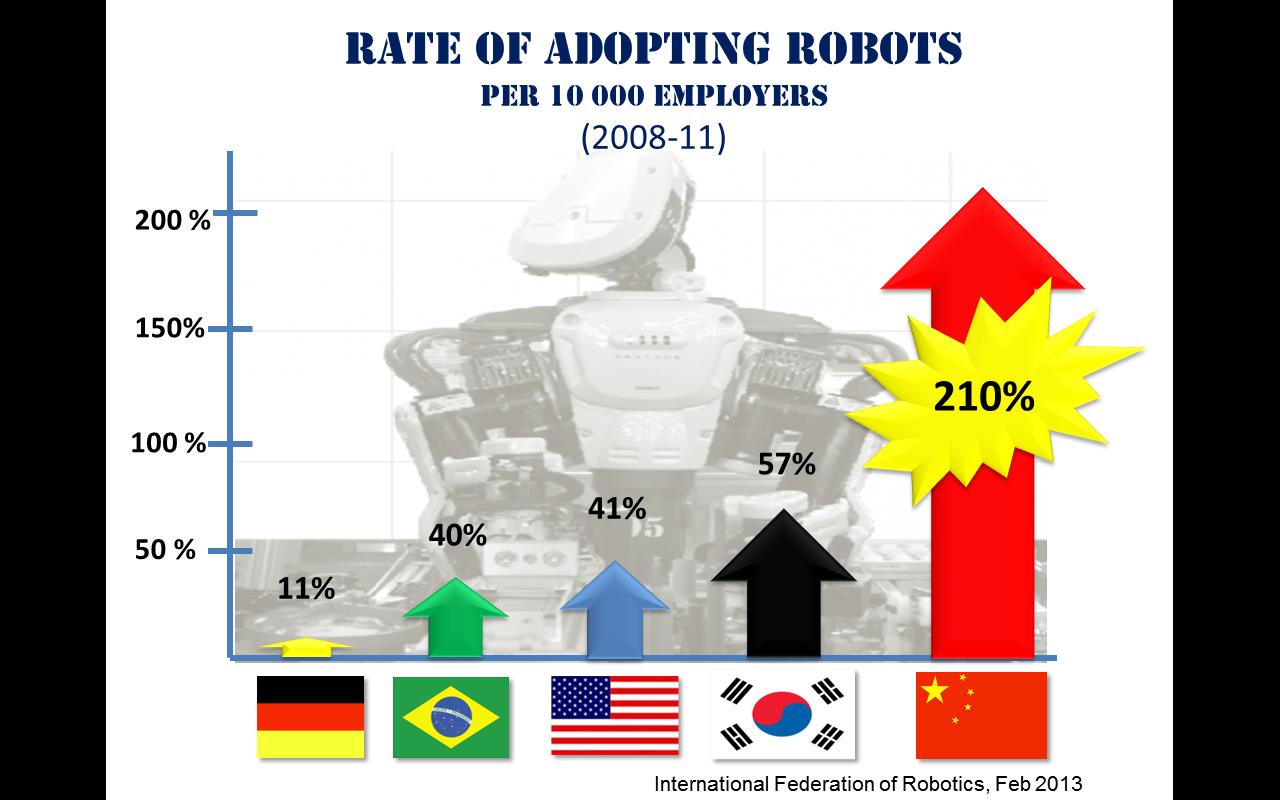After the NTUC May Day Rally 2013, what now Singapore? (Part 1)
By See Wee HengWhen I first received the invitation to celebrate Labour Day at NTUC May Day Rally 2013 with government and union representatives at D’Marquee, Downtown East, I was a little hesitant. I expected a solemn, formal and probably pretty boring event (pardon me, I am just being frank).
But I have promised myself that this will be a year of change for AspirantSG. With AspirantSG Cares, I should pay more attention to news, issues and initiatives that can potentially impact Singaporeans who are less privileged. Hence I accepted the invitation and consciously reminded myself to attend it with an open mind. In retrospect, I am glad I did!
I was pleasantly surprised to see the majority of attendees consisting of true blue heartlanders like you and me. Addressing each other as Brothers and Sisters (which by the way is a common way to address fellow union members), many attendees took the opportunity to catch up with their friends and partners from other unions, social enterprises, communities and their tripartite partners. Instead of a cold, regimental government type of event, the marquee was filled with warm, friendly chatter and laughter. It felt almost like a church event!
Celebrations & adorable children performances aside, the main theme of NTUC May Day Rally 2013 revolved around Better Jobs For All, with a strong commitment to Value Every Worker, Value Every Member and Value Every Job.
Of course, the ambience got a little more serious once Prime Minister Lee Hsien Loong, the event’s Guest Of Honour, arrived.
The first speech was delivered by NTUC Secretary-General Lim Swee Say. He started by sharing Singapore’s employment and wage performance versus other Organization For Economic Co-operation & Development (OECD) countries from 2009 to 2011 to compare how we fared after the 2009 financial crisis.
After looking up more statistics, I have to agree that Singapore’s unemployment rate of 2.0% in 2012 is a wonderful figure when compared to countries like Greece which suffers from 24.3% unemployment rate or even a Scandinavian country such as Sweden with 7.9% unemployment rate. Singapore also has one of the highest increases in employment rate for older workers aged between 55 to 64 years. I am not too excited about this figure though. With good financial planning, our older folks should be enjoying their retirement by then.
However, one slide that caught my attention was the one which described Real Wage Increase from 2009 to 2011. Apparently, Singaporeans enjoyed the highest real wage increases based on core Consumer Price Index (CPI) compared to countries like Korea, Japan and Norway. While it is great to know that Singaporeans enjoyed comparatively good income growth during this period, my concern would be about our real wage performance for 2012 and beyond. Will Singaporeans still be able to enjoy real wage growth despite facing competition from cheaper foreign talent and rising inflation levels?
To put things into a larger perspective, Prime Minister Lee explained (in the next speech), that the Singapore economy is moving into a new phase and the nation is not expanding as rapidly as it used to. Given that our economy is maturing, Singapore's shift to slower growth is inevitable. If Singapore’s economy grows at a slower pace so will the growth of our wages.
Mr Lim Swee Say explained how our economy is transitioning from a "3 + 1 = 4" to a "1 + 2 = 3" economy.
As Singapore is reducing reliance on foreign labour, causing workforce growth to fall from 3% to 1%,
the challenge is for Singapore to increase productivity growth from 1% to 2%,
in order for the Singapore economy to reach a slightly compromised GDP growth from 4% to 3%.
Still confused? Check this video out:
As there is strong competition for global investments and markets, if Singapore is unable to produce competitive goods or services, demand for our goods and services will decrease, causing GDP growth to slow down, unemployment to go up, and wages to stagnate. Without better jobs and better pay, it will be difficult for us to enjoy better standards of living.
Even if demand for our products and services increase, the next challenge would be whether our country can produce fast enough to supply this demand as we are also in the process of reducing the inflow of foreign labour. If we cannot supply fast enough, our market share will decrease, causing GDP growth to still slow down, unemployment to go up, and wages to stagnate.
So what makes a successful Singapore economy?
According to Mr Lim Swee Say, it is being competitive (in goods and services to increase demand), being productive (for companies to increase supply to meet demand), and translating this rise in supply and demand into better jobs, better pay and better work life balance for workers.
Enhancing Competitiveness By Becoming A Cheaper, Better, Faster (CBF) Economy
The first ‘how’ to achieving this success is where Mr Lim Swee Say's Cheaper, Better, Faster Economy Concept comes into play. Not to be mistaken as lower remunerations for workers, these 3 terms are actually solutions for businesses to be more competitive. He elaborated further that to be cheaper means to be more productive, to be better means to be more capable, to be faster means to be more adaptable.
Singapore must learn to make smarter use of technology, innovation, capital and know-how to be more “future ready” than our competition. China, for example, is investing huge amounts of research and development into technology to enhance the productivity of their workers.
To give some credit, the Singapore Economic Development Board (EDB) is aggressively attracting investments to create better jobs for Singaporeans. Prime Minister Lee mentioned that Rolls-Royce and Pratt & Whitney have invested in our Seletar Aerospace Park, while Procter & Gamble is building a Singapore Innovation Centre to develop consumer products for the Asian market. EDB has also set aside a $500m fund over the next five years into the development of future manufacturing technologies to help SMEs grow, both at home and overseas.
But if we don’t play our part and keep up with the rest of the world, we only have ourselves to blame for falling behind.
My Afterthoughts
I agree that in order to be competitive, Singapore should strive to achieve a Cheaper, Better, Faster (CBF) economy. It is however important to note that CBF does not necessarily mean being cheaper, better and faster than all other competitors all the time, but knowing how to beat the competition at the right time, in the right place, in the right product attribute.
For example, if the product or service is of higher quality and faster turnaround, it can be cheaper to produce, but need not be sold at a cheaper price. If companies are able to customise products and services that fits their customers to a T, it is also justified to for them to command higher prices. Furthermore, customers today are also prepared to pay more for the higher perceived value of the product/service.
The aim of CBF should be taken into the right context, which is to generate value creation for customers and drive demand due to the superior product offering in comparison to competitors’.
Last but not least, I support the 1 + 2 = 3 strategy. We need not chiong all the way as using any means to achieve higher GDP growth is detrimental to our society if we do not assess and temper the negative effects of these means. By reducing the competition for jobs with foreign talents, enhancing our workforce productivity for better jobs and wages and hopefully achieving greater work life balance for Singaporeans, I believe we will have a better future to look forward to.
Reflecting on Singapore’s tight labour situation, how can companies be CBF and increase their growth despite the reduction of foreign labour inflow and limited number of employable residents to tap on?






























 Advertise
Advertise






